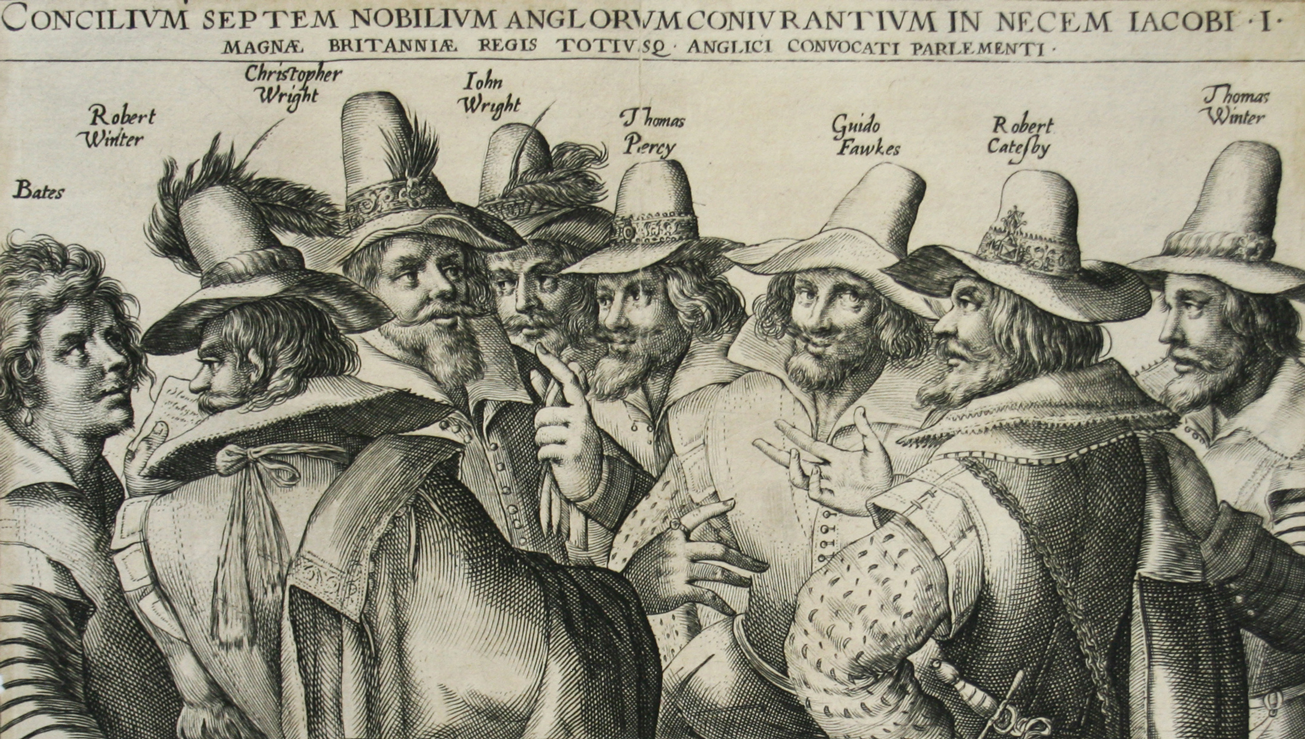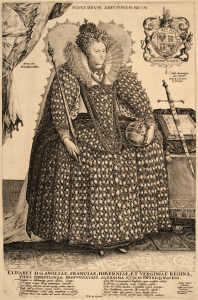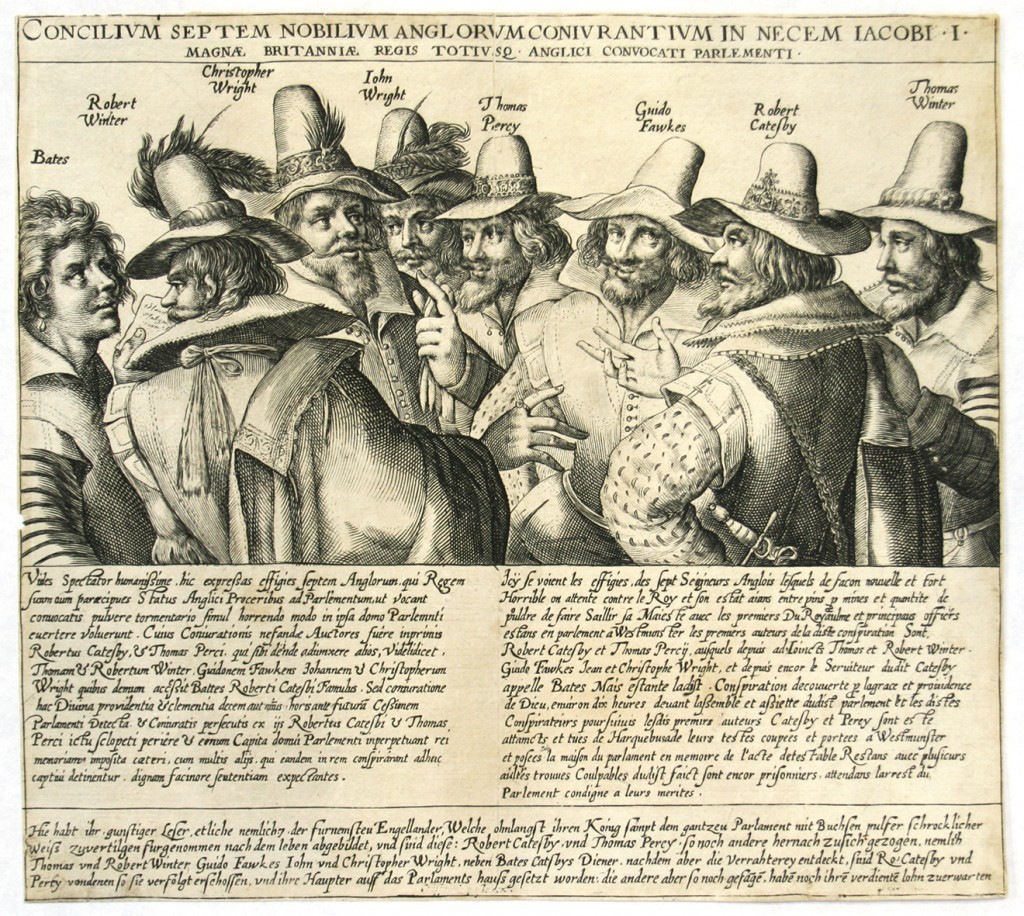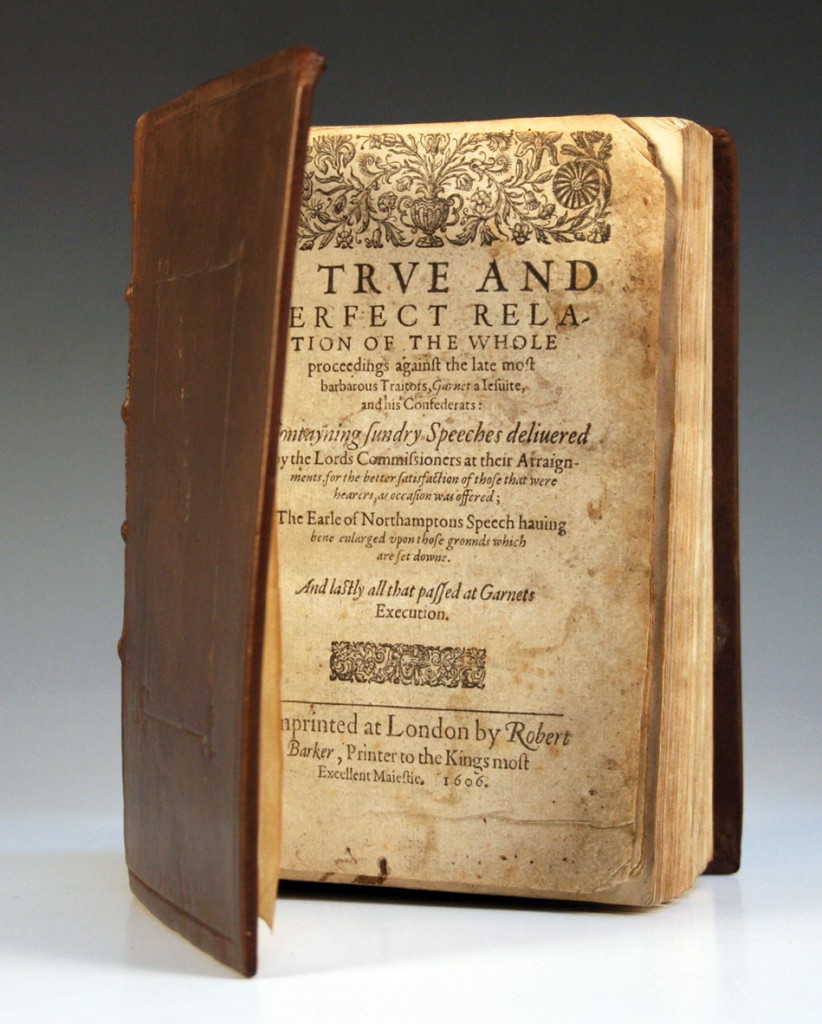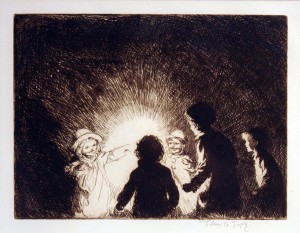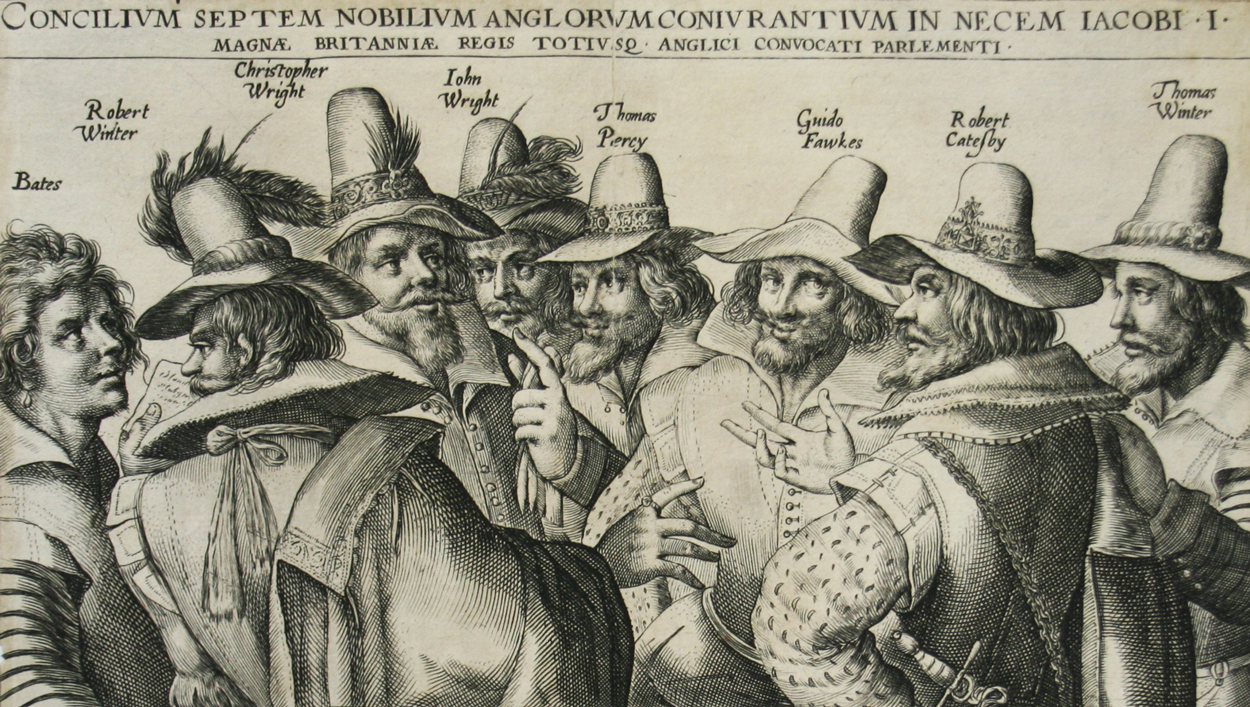
I love bonfire night. The beauty of the flashing fireworks against the dark sky, the whizzes, pops and bangs, the mist of drifting smoke and the smell of gunpowder on a cold, still November night are, for me, truly evocative.
Bonfire night gatherings have become a celebration of the coming together of family and friends. It is an important marker in my year.
Amidst our excitement, though, it is easy to forget that fireworks on Bonfire Night commemorate a particularly bloody and turbulent time in our island’s history.
The 1603 engraving depicting Elizabeth I (1533-1603) by Isaac Oliver is remarkable. There had been much conflict and bloodshed after Henry VIII’s break with Rome as Roman Catholics and Protestants each sought to establish their authority and particular understandings of the Christian faith in England.
Elizabeth I came to the throne in 1558. Her first aim was to return England to the Protestant faith. What she and her advisors created was a church which was, and remains, both Catholic and Reformed. Elizabeth famously declared that she did not wish to “make windows into men’s souls” on the basis that “there is only one Jesus Christ and all the rest is a dispute over trifles”.
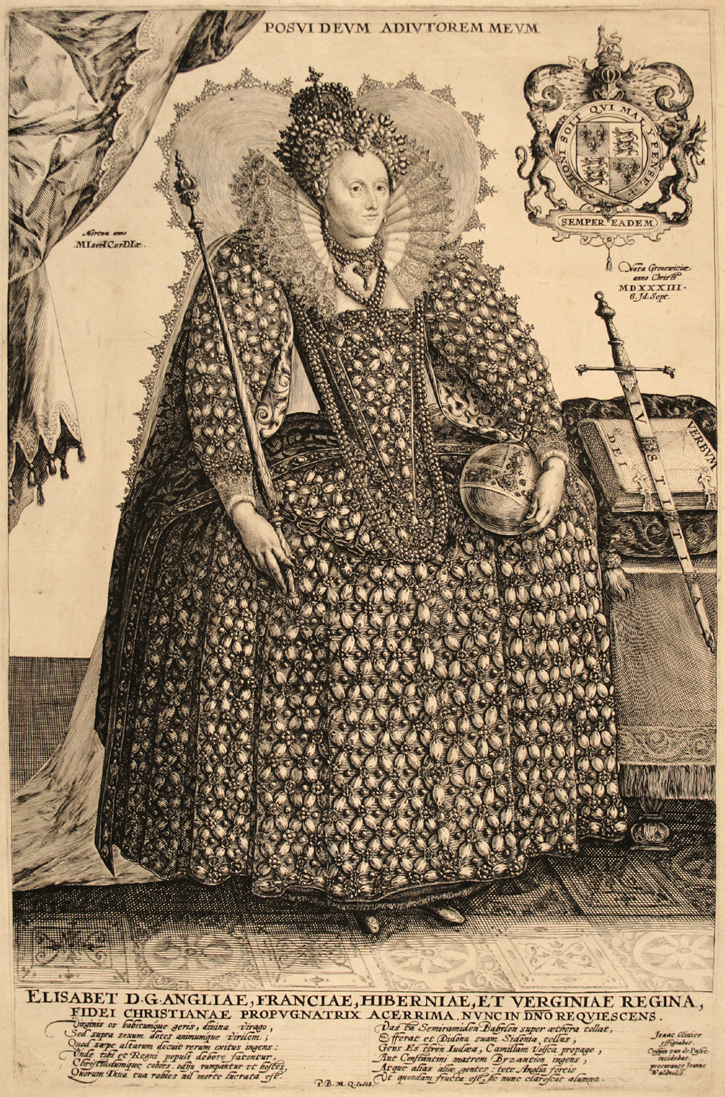
Nevertheless this resulted in the The Gunpowder Plot of 1605. It was an attempt by provincial, English Roman Catholics to blow up the House of Lords during the State Opening of Parliament, in order to assassinate James I of England (VI of Scotland) and install his nine-year-old daughter, Princess Elizabeth, on the throne as a Roman Catholic head of state. The plot, led by Robert Catesby, was revealed by means of an anonymous letter. Famously, Guy Fawkes was discovered with thirty-six barrels of gunpowder during a search of the House of Lords at midnight on 4th November 1605. He and his seven surviving accomplices were tortured, tried, convicted of high treason, and sentenced to death. He was hung, drawn and quartered.
The print shown here was published around 1605 by a leading Dutch printmaker, Crispijn van de Passe the Elder, and shows eight of the thirteen conspirators, including Guy Fawkes. It is an extraordinary depiction of some of those involved, giving life to this particular moment in history.
This passage in our history speaks loudly of the importance of democracy in our nation and the world. Although sometimes untidy democracy gives us the opportunity for hope and change in the face of violence.
